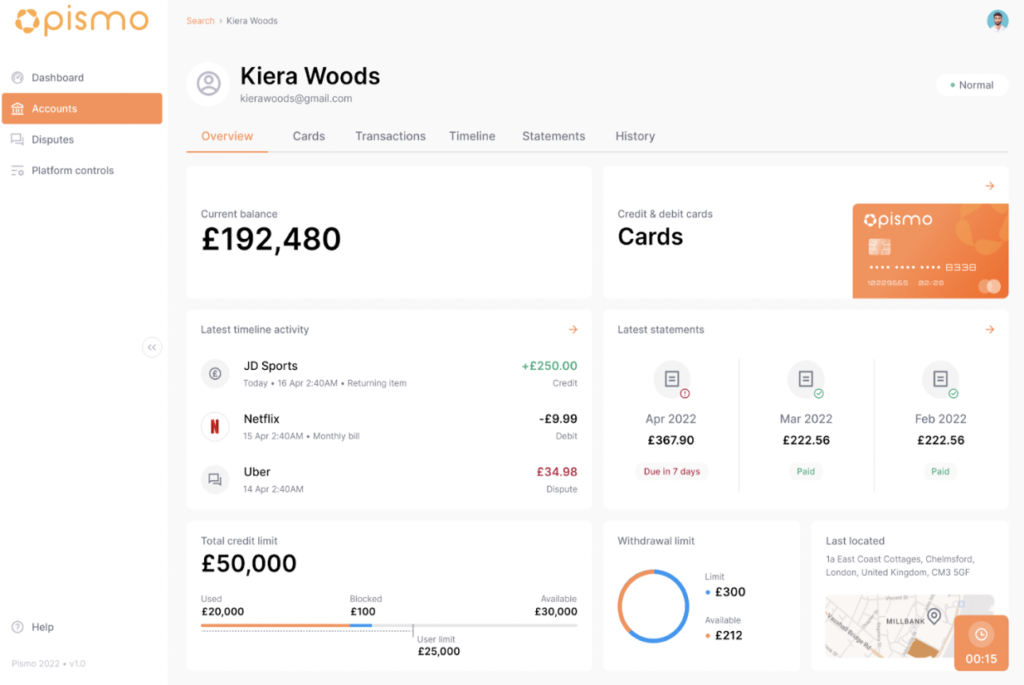The financial services industry is rapidly digitising, while customers demand more impactful experiences from their banks and service providers.
We understand the need to rapidly and effectively manage the client lifecycle. This is why we provide the Pismo Operations Dashboard (POD).
It’s an application utilising the microservices that power Pismo’s next-generation platform, retooling them to enhance front-end services’ functionality.
Built on the concept of micro frontends, POD is a framework-agnostic solution. Users can retool it to fit the job required while new functionalities are quickly built on top.
What are micro frontends?
Micro frontends extend the advantages of microservices architecture to frontend operations like customer relationship management (CRM).
In many cases, a frontend layer and browser application is built on top of existing infrastructure. Usually designed by a separate team, it grows over time to become a monolithic composition of years of development cycles.
Micro frontends rethink this process as a composition of features owned by independent teams. Each team is responsible for a business area it specialises in.
This means that instead of services providing data consumed by a large front-end application, the front-end application becomes an aggregation of smaller applications – the micro frontends.
Under the hood of POD
Pismo’s micro frontends are written in strongly typed languages. These ensure high confidence with low to no runtime errors. It also allows new developers and teams working with the platform to understand it quickly.
Should a micro frontend return an error, the whole application is built to continue operation. This drastically reduces downtime and enables teams to work quickly to isolate and eliminate the problem.
Pismo’s micro frontends are all tested, built, and deployed using cloud pipelines. This means new deployments are created without the need for drastic code changes. Our agile applications enable rapid development and scalability across multiple teams without conflict.
Inclusivity and diversity are pillars of Pismo’s business model. The POD follows best practices to create an accessible environment for all. Correct attributes and semantics enable screen readers to work across the application. It also uses recommended colour contrasts and scalable font sizes for those with impaired vision.
Multiple benefits
Will Kerswell, Tech Lead at Pismo, says the application is designed as an accelerator, enabling clients to quickly and effectively create and manage new products without needing a significant internal development team.
“Pismo has implemented a micro frontend architecture to create technical and product benefits,” he says. “The application is split into core features, pulled in at runtime in the browser.
“Our customers have diverse needs, so creating an application to focus on the products they want to offer was essential. From a technical perspective, the POD creates a host of benefits.”











